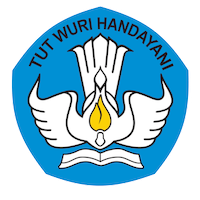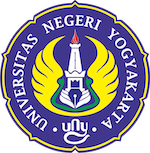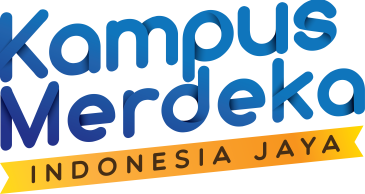A group of Yogyakarta State University (YSU) students named Khoirudin Wisnu Mahendra, Dytya Rahmawati, Amin Sri Wahyu Ningrum, Novia Sabdawati and Muhammad Nur Huda who are also members of Student Creativity Unit of Technology in the Faculty of Engineering invented an automatic etching machine named PCB Etching Machine (PEM).
Muhammad Nur Huda, one of the group members, explained that this tool serves to dissolve the PCB in an efficient, effective and safe way. "Dissolving the PCB which is typically done manually by way of moving the solvent vessels can now be done more easily, efficiently and safely using the PEM," he said.
Further, Huda explained that etching the PCB usually uses a mix of chemicals between HCl (hydrochloric acid) + H2O2 (hydrogen peroxide) + H2O (water). The etching was conducted manually by putting a PCB in a vessel or tray of etchant solution, and then moved slowly. Manual etching has several drawbacks, namely being prone for spills and when the etching takes too long process, the desired PCB then will be damaged or even lost.
The team proposed an automatic PCB solvent that can dissolve copper in PCB with high efficiency. The manual, conventional automatic PCB solvent machine was developed into an automatic microcontroller. The I/O system in this machine composes of several push buttons as input, aerator and pump motor DC 12 V as the output and microcontroller ATmega16 as the main controller of this system.
The principle of the PCB Etching Machine is moving the etchant solution through air circulation which is generated by two aerators, so that it will accelerate the etching of the PCB. This machine functions based on the size of the PCB to determine the length of time for etching. Aerator will be activated automatically when the countdown time mode is activated and will continue to be active until meeting the required time of etching PCB.
This machine has a PCB production capacity of 1000 cm2/hour, or equivalent to 10 pieces of PCB with the size 10 cm × 10 cm each hour, while the PCB production with manual method can only produce 6 PCB every hour. Hence, PEM has higher production efficiency and effectiveness than the manual method, making an increase in production, from 150 PCB to 200 PCB per week.
"This machine also has another advantage in terms of automatic charging system of the etchant solution. Etchant solution is a dangerous chemical solution if inhaled or exposed to workers. Automatic charging system for etchant solution in this machine will minimize the number of work accidents while etching the PCB, " Huda added. (haryo)





